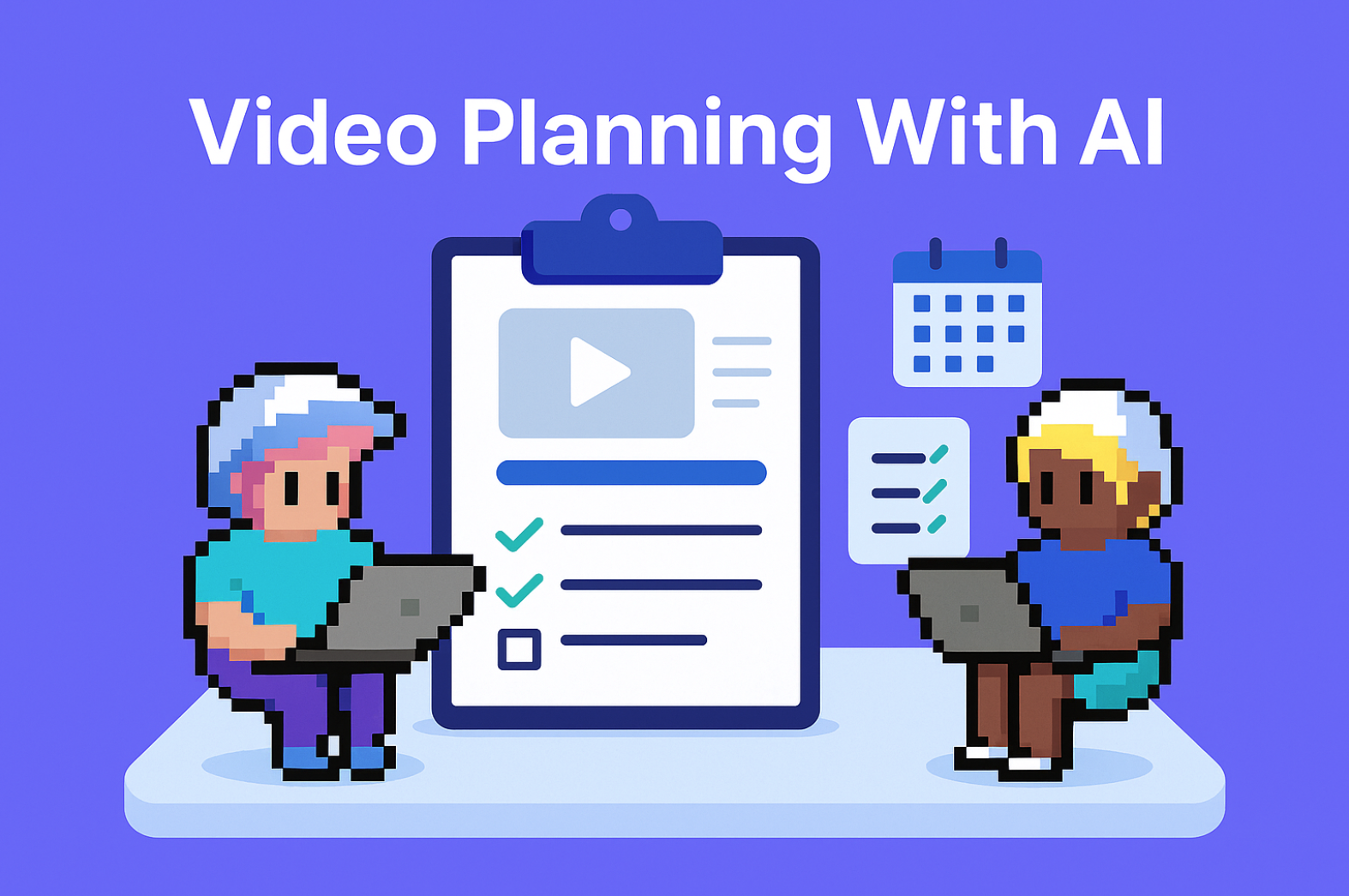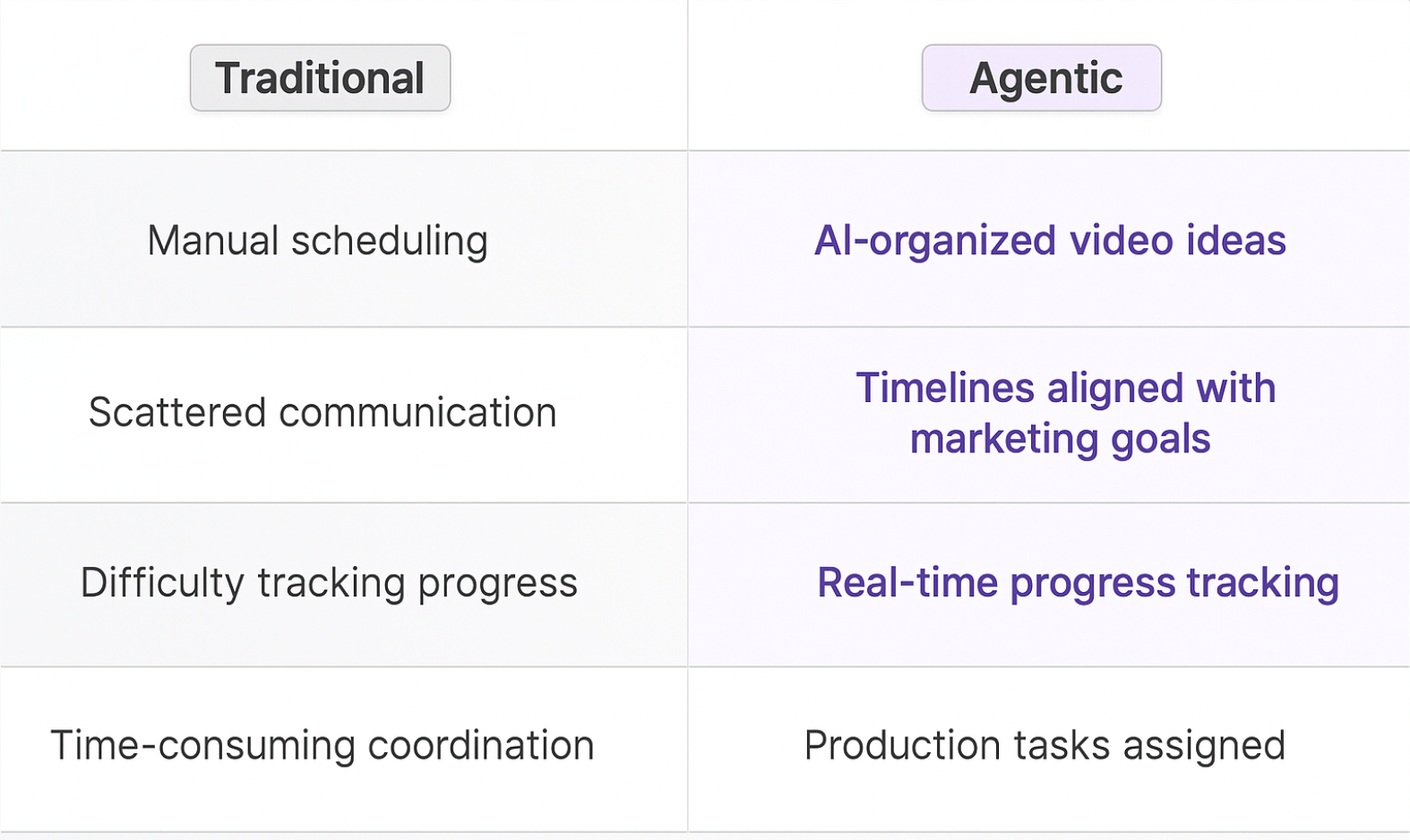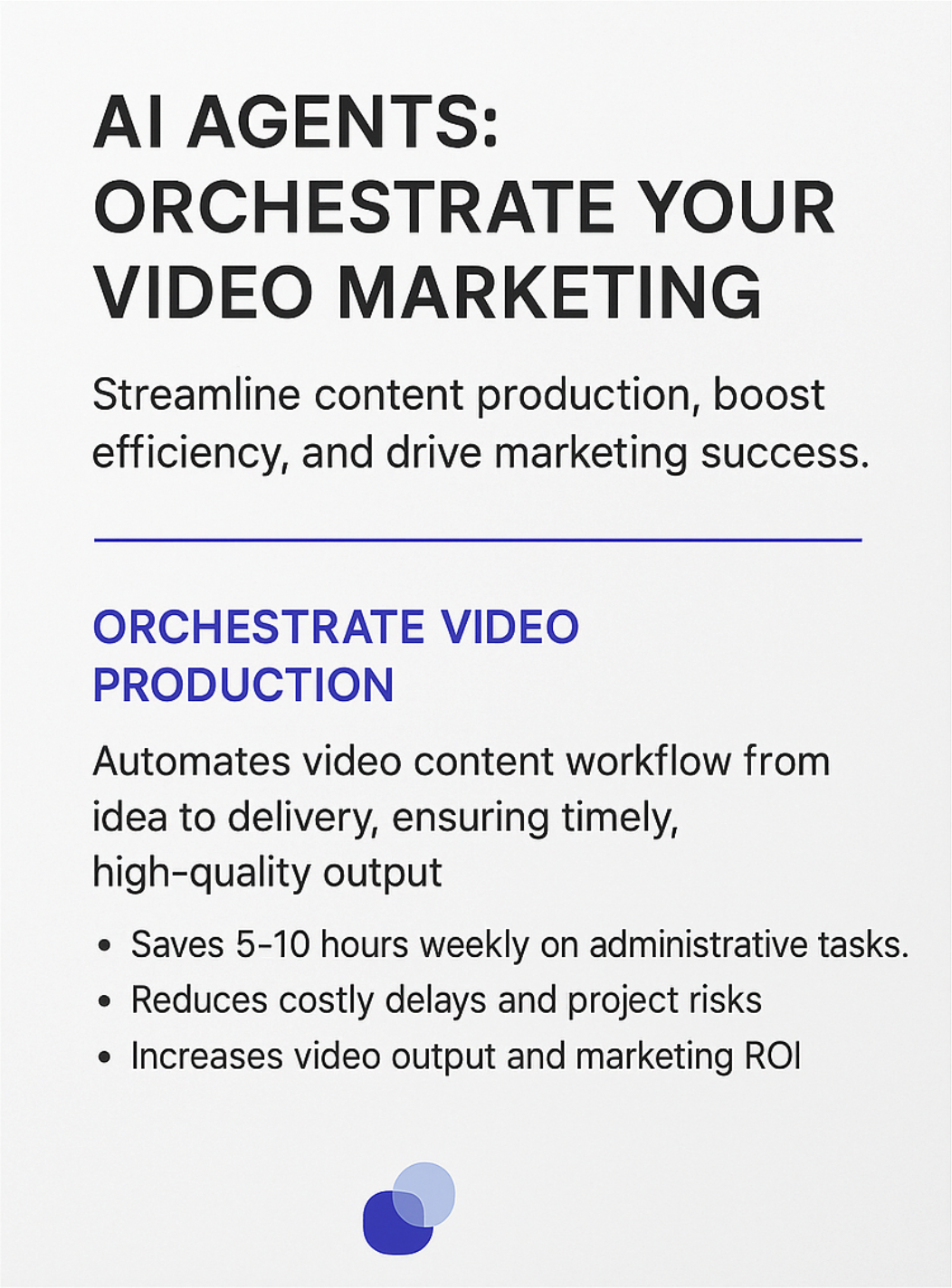
AI-powered meeting planner agents are revolutionizing how hardware systems product designers manage their design reviews, coordinate with teams, and optimize their time. These agents automate the tedious aspects of design review preparation, from analyzing CAD models to generating reports, allowing designers to focus on creative problem-solving and strategic design initiatives. This technology streamlines workflows, reduces design flaws, and enhances overall product quality.
Before Meeting
Your AI agent automatically analyzes CAD models, simulation results, and performance data to generate a comprehensive design assessment report. This report highlights potential issues and suggests optimization opportunities, allowing you to come prepared with actionable insights.
During Meeting
During the meeting, your AI agent provides real-time answers to technical questions, compares design alternatives, and tracks action items. It can instantly pull up relevant material properties, manufacturing constraints, or regulatory requirements, ensuring that discussions are informed and productive.
After Meeting
Post-meeting, your AI agent monitors action item progress, flags delays, and shares updates. It also maintains a knowledge base of past design decisions and their outcomes, helping teams avoid repeating mistakes and build on successful approaches.
What you’ll need
You don't need to be a developer to set up this integration. Follow this simple guide to get started:
- Meeting Notetaker Agent template
- Calendar account
- Meetings to join
- Relevance AI Account

Who this agent is for
This agent is designed for hardware systems product designers, mechanical engineers, electrical engineers, manufacturing engineers, and anyone involved in the design and review of hardware systems. It's ideal for individuals and teams who frequently conduct design review meetings with internal stakeholders, external suppliers, and manufacturing partners. Whether you're a small startup developing a new consumer electronic device or a large corporation designing complex industrial equipment, this agent simplifies the design review process and ensures that products meet performance requirements and are manufacturable.
How this agent makes meeting planning easier
Automate design assessment report generation
Instead of manually analyzing CAD models, simulation results, and performance data, the agent automatically generates a comprehensive design assessment report, highlighting potential issues and suggesting optimization opportunities. This saves significant time and ensures that all relevant information is readily available.
Provide real-time answers to technical questions
The agent can instantly access and provide relevant material properties, manufacturing constraints, or regulatory requirements during the meeting, ensuring that discussions are informed and productive. This eliminates the need to search for information manually and keeps the meeting focused.
Track action items and follow-up tasks
The agent automatically tracks action items and follow-up tasks assigned during the meeting, ensuring that they are completed in a timely manner. It can also send reminders to responsible parties and provide progress updates, keeping projects on track.
Maintain a knowledge base of past design decisions
The agent maintains a knowledge base of past design decisions and their outcomes, helping teams avoid repeating mistakes and build on successful approaches. This ensures that valuable knowledge is retained and shared across the organization.
Benefits of AI Agents for Hardware Systems Product Designers
What would have been used before AI Agents?
Hardware systems product designers traditionally relied on manual processes, such as creating CAD models, running simulations, and analyzing data, to prepare for design review meetings. This process was time-consuming, prone to errors, and often resulted in missed issues. They would spend valuable time gathering information, creating presentations, and coordinating with team members, taking away from their core responsibilities of design and innovation.
What are the benefits of AI Agents?
AI agents offer a streamlined and automated approach to design review meeting preparation, freeing up hardware systems product designers to focus on more strategic tasks. The most significant benefit is the time saved by automating the analysis of CAD models, simulation results, and performance data. The agent handles everything from generating design assessment reports to tracking action items, reducing the administrative burden on the designer.
AI agents also minimize the risk of missed issues by providing a comprehensive and data-driven assessment of the design. This ensures that potential problems are identified early in the process, reducing the likelihood of costly rework or product failures. Furthermore, the agent improves communication by providing real-time answers to technical questions and tracking action items, keeping all participants informed and engaged.
By integrating with existing CAD, simulation, and PLM systems, the agent provides a seamless and user-friendly experience. This eliminates the need for manual data entry and ensures that all information is accurately recorded and easily accessible. Ultimately, AI agents enhance productivity, reduce risk, and allow hardware systems product designers to focus on creating high-quality, reliable products.
Traditional vs Agentic meeting planning
Traditionally, hardware systems product designers spent hours each week preparing for design review meetings manually. Now, AI agents automate this, freeing up time for design and innovation. Before, analyzing CAD models and simulation results was a tedious and time-consuming process. With an agent, a comprehensive design assessment report is generated automatically. Tracking action items used to be a manual task, often forgotten. Now, they're tracked automatically, ensuring that they are completed in a timely manner. Accessing relevant material properties and manufacturing constraints was a challenge. The agent provides real-time access to this information, ensuring that discussions are informed. Finally, maintaining a knowledge base of past design decisions was difficult. The agent maintains a knowledge base, helping teams avoid repeating mistakes.

Tasks that can be completed by a Meeting Planner Agent
Hardware systems product designers juggle numerous tasks, from creating CAD models to running simulations and analyzing performance data. A meeting planner agent can handle many of the administrative tasks associated with preparing for and conducting design review meetings, allowing designers to focus on their core responsibilities.
Generating Design Assessment Reports
The agent automatically analyzes CAD models, simulation results, and performance data to generate a comprehensive design assessment report, highlighting potential issues and suggesting optimization opportunities.
Providing Real-Time Answers to Technical Questions
The agent can instantly access and provide relevant material properties, manufacturing constraints, or regulatory requirements during the meeting, ensuring that discussions are informed and productive.
Tracking Action Items and Follow-Up Tasks
The agent automatically tracks action items and follow-up tasks assigned during the meeting, ensuring that they are completed in a timely manner. It can also send reminders to responsible parties and provide progress updates.
Maintaining a Knowledge Base of Past Design Decisions
The agent maintains a knowledge base of past design decisions and their outcomes, helping teams avoid repeating mistakes and build on successful approaches.
Comparing Design Alternatives
The agent can quickly compare different design alternatives based on performance, cost, and manufacturability, helping teams make informed decisions.
Identifying Potential Design Flaws
The agent can identify potential design flaws early in the process, reducing the likelihood of costly rework or product failures.
Optimizing Designs for Manufacturability and Assembly
The agent can optimize designs for manufacturability and assembly, reducing manufacturing costs and improving product quality.

Things to Keep in Mind When Building a Meeting Planner Agent
Building an effective meeting planner agent requires careful planning and attention to detail. The goal is to create an agent that seamlessly integrates with your existing workflows and provides a user-friendly experience for all participants.
Define Clear Objectives
Before you start building your agent, define clear objectives for what you want it to achieve. Do you want to reduce preparation time, minimize missed issues, improve communication, or all of the above? Having clear objectives will help you prioritize features and measure success.
Integrate with Existing CAD, Simulation, and PLM Systems
Ensure that your agent integrates seamlessly with popular CAD, simulation, and PLM systems. This will make it easier for users to adopt the agent and incorporate it into their daily routines.
Prioritize User Experience
Make sure that the agent is easy to use and intuitive. The interface should be clean and uncluttered, and the process of generating reports and tracking action items should be straightforward and efficient.
Automate Reminders and Follow-Ups
Configure the agent to send automated reminders and follow-up emails to keep participants informed and engaged. This will help ensure that action items are completed in a timely manner.
Handle Complex Design Data
Ensure that the agent can handle complex design data, such as CAD models, simulation results, and performance data, accurately and efficiently.
Provide Customizable Settings
Allow users to customize the agent's settings to match their preferences. This might include setting preferred report formats, specifying notification preferences, and choosing which CAD, simulation, and PLM systems to integrate with.
Test Thoroughly
Before you roll out the agent to your entire team, test it thoroughly to ensure that it is working correctly and that it meets your objectives. Gather feedback from users and make any necessary adjustments.
Continuously Improve
Once your agent is live, continue to monitor its performance and gather feedback from users. Use this information to identify areas for improvement and make ongoing enhancements.
The Future of AI Agents in Meeting Planning
The future of AI agents in meeting planning is bright, with advancements in machine learning, natural language processing, and computer vision promising to further streamline and enhance the design review process. Future agents will be able to understand complex design requirements, anticipate potential issues, and proactively suggest solutions.
AI agents will also become more personalized, learning individual preferences and tailoring their recommendations accordingly. They will be able to identify preferred design alternatives, communication styles, and even preferred meeting formats, creating a more seamless and user-friendly experience.
Furthermore, AI agents will play a larger role in facilitating collaboration and communication during meetings. They will be able to generate 3D visualizations of designs, provide real-time feedback on design changes, and even translate technical jargon into plain language, making meetings more productive and inclusive.
AI agents will also integrate with other business applications, such as supply chain management systems and customer relationship management systems, providing a holistic view of product-related activities and enabling better decision-making.
Ultimately, the future of AI agents in meeting planning is about creating intelligent systems that not only automate the design review process but also enhance collaboration, improve communication, and drive better product outcomes.








